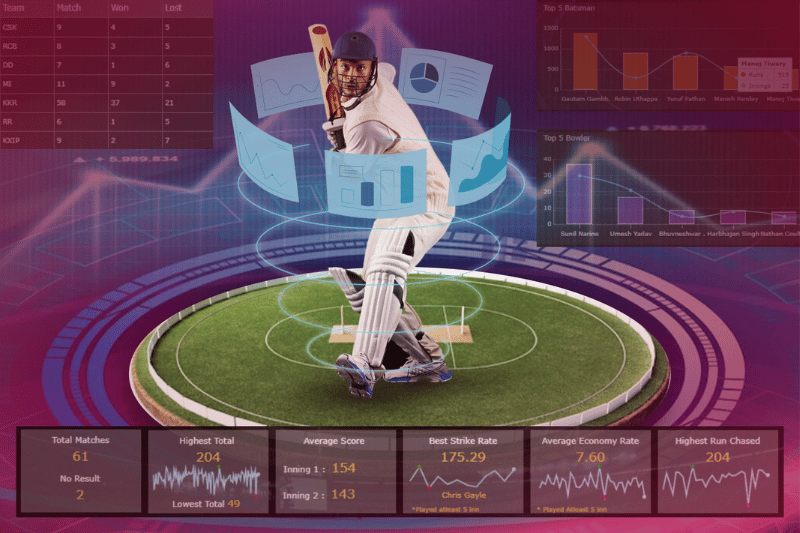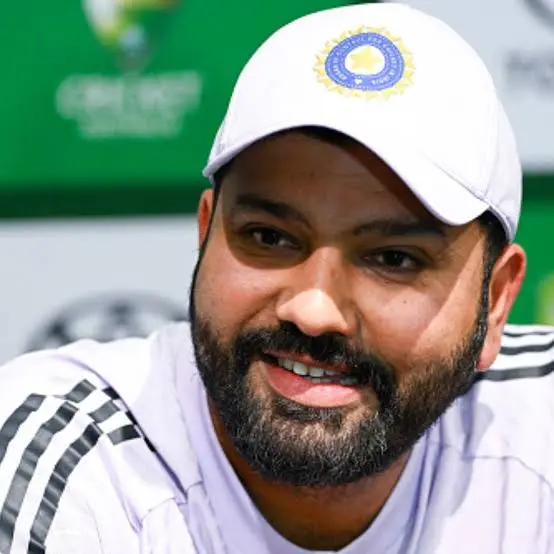
Cricket score predictions requires the use of statistical analysis, historical data, and sport experience. Due to the unpredictable nature of the sport, no prediction can be 100% correct, although there are a number of things that are taken into account.
Due to the rise of data analytics, cricket, a sport renowned for its complex nature and constantly shifting dynamics, has seen a substantial alteration recently. In this article, we go into the world of algorithms used for cricket analysis, analyzing how data-driven methods have transformed the sport and given useful information to players, coaches, and spectators alike.
The Rise of Data Analytics in Cricket

Cricket analysis in the past mostly relied on individual knowledge and subjective observations. Making use of statistical models and algorithms has become essential to gaining a competitive edge, though, due to the volume of data that is now available. Huge volumes of historical and real-time data are processed by these algorithms to produce insightful findings that can affect tactics, player choices, and match predictions.
Key Algorithms in Cricket Analysis:
1. Regression Analysis
To determine correlations between various factors and the result of a cricket match, regression models are frequently used. These algorithms can find key performance indicators (KPIs) such as batting averages, bowling economy rates, and run pursuits by looking at previous data. Regression analysis aids teams in assessing player performance and deciding on team makeup and tactics with knowledge.
2. Decision Trees
Based on a number of conditional elements, outcomes are classified and predicted using decision tree algorithms. Decision trees can be used to examine a player’s performance in various situations, the strengths of the opposition, and playing tactics in cricket. These algorithms help with choosing the best fielding positions, analyzing game scenarios, and even forecasting the results of tight games.
3. Neural Networks
The process of the human brain served as the model for a class of algorithms called neural networks. Neural networks are particularly good at recognizing patterns in cricket analysis, enabling teams to find intricate links and patterns in massive information. They are able to pinpoint elements like player advantages and disadvantages, team dynamics, and performance trends in various match situations.
4. Clustering Algorithms
Based on specified criteria, clustering algorithms combine related data points. These algorithms can be used to categorize player types or playing styles in cricket. Teams can develop specialized strategies for various opponents, take advantage of weaknesses, and maximize player combinations by clustering individuals.
5. Machine Learning Algorithms
In cricket analysis, machine learning techniques like random forests, support vector machines, and gradient boosting are becoming more and more used. These algorithms sift through enormous volumes of data to find unobserved patterns, forecast match results, and even offer in-game real-time analysis.
What are the Challenges and Limitations
Algorithms have a lot of potential for analyzing cricket, but they also have certain problems. It is challenging to develop models that regularly forecast outcomes with high accuracy due to the dynamic nature of the sport and the unpredictable nature of match scenarios. The credibility of the study might also be impacted by the quality and availability of the data.
Cricket analysis has been transformed by the emergence of data analytics and algorithms, allowing teams to make better decisions, get insightful information, and play at their best. Cricket experts may uncover hidden patterns, make educated forecasts, and enhance tactics for success by using regression analysis, decision trees, neural networks, clustering algorithms, and machine learning approaches. The combination of data analytics with cricket promises an exciting future for the sport, even though no algorithm can guarantee 100 percent accuracy in predicting match outcomes.
Swikriti Dandotia
Note: The information has been taken form Digital Media














